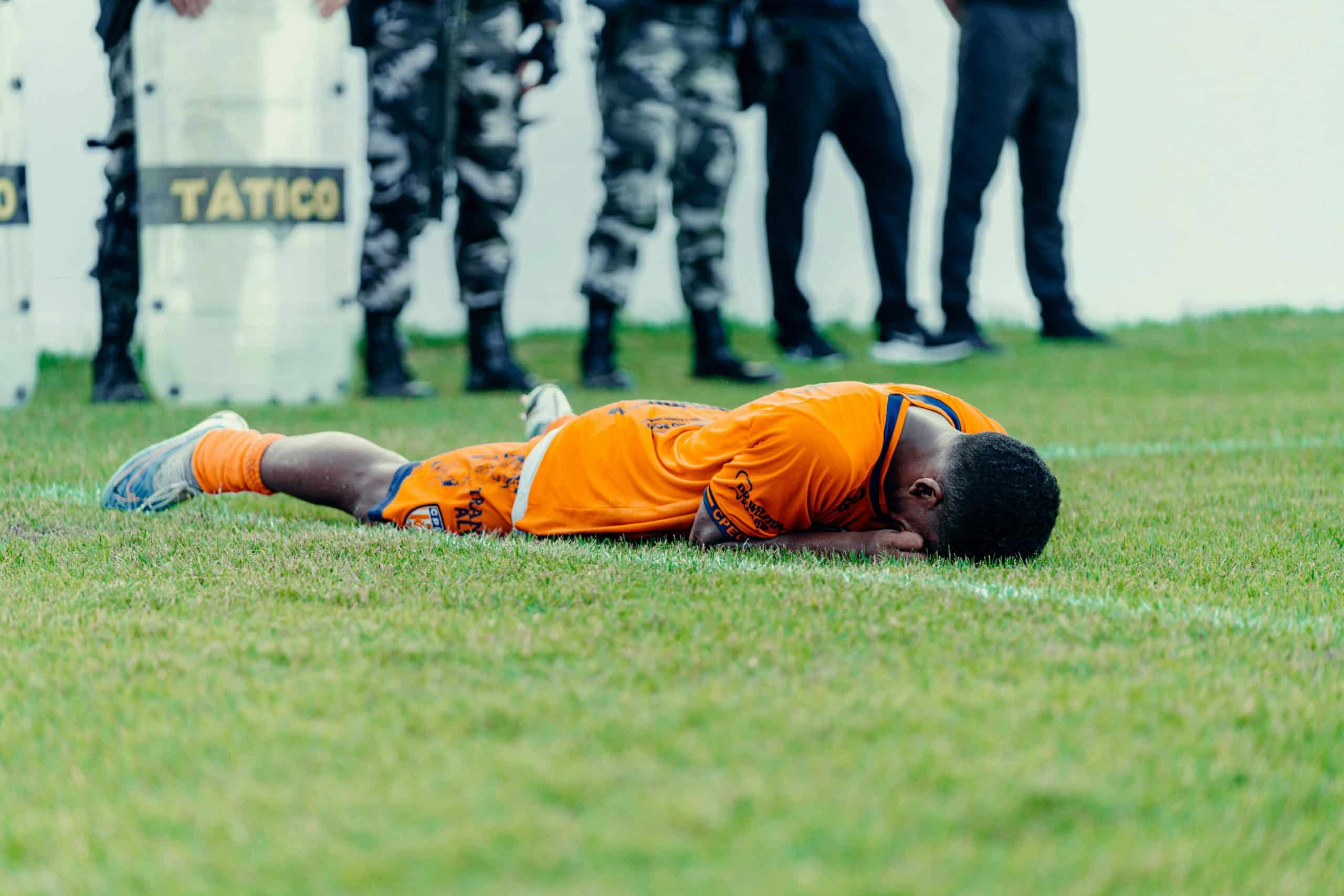As someone who is involved in professional dancing, you understand how crucial it is to maintain a healthy and injury-free body. Google Scholar boasts a comprehensive collection of studies that showcase the importance of injury prevention in dancers and athletes alike. So, how can you design an effective injury prevention program for professional dancers? This article provides an in-depth guide on the matter, highlighting the importance of strength training, performance improvement, ballet-specific leg exercises, and the role of med in this process.
Understanding The Risk And Prevalence Of Injuries In Dancers
Before delving into injury prevention, it’s necessary to understand the risk and prevalence of injuries in dancers. According to a study published in Google Scholar, dancers are more prone to injuries than any other group of athletes. This high risk comes from the significant physical demands and the rigorous training programs that dancers need to adhere to.
A lire en complément : How to Implement Sport-Specific Strength Training for Rugby Forwards?
Most common injuries include sprains, strains and stress fractures, often affecting the lower extremities like the leg and ankle. Ballet dancers, in particular, face a high risk of foot and ankle injuries due to the intensive pointe work. Hence, a thorough understanding of these injuries aids in devising a concrete prevention program.
Incorporating Strength Training In Dancers’ Schedule
One of the most effective ways to combat dance injuries is by incorporating strength training into the dancers’ regular schedule. According to a study found on Google Scholar, strength training plays a crucial role in enhancing the dancers’ performance and reducing their risk of injuries. It fortifies the muscles, bones, and tendons, thereby increasing their tolerance to the physical stress associated with dancing.
A lire en complément : What Nutritional Strategies Can Enhance Concentration During Long-Distance Events?
Strength training should be specifically designed to meet the needs of dancers. For instance, it should include exercises that improve leg strength, core stability, and flexibility – key areas that play a pivotal role in dancing. It’s also important to ensure that the strength training routine doesn’t interfere with the dancers’ primary training and performance schedule.
The Importance Of A Tailored Med Approach In Injury Prevention
The role of med in preventing dance injuries cannot be overstated. A tailored med approach refers to a customized health and medical plan designed to meet the unique needs of each dancer. This includes regular health check-ups, physiotherapy sessions, and access to prompt medical treatment in case of injuries.
This med approach also covers aspects like nutrition, mental health, and rest, which are often overlooked but are vital for a dancer’s overall wellbeing and performance. Regular health check-ups can help detect potential issues early, allowing for immediate intervention and reducing time off from training due to injuries.
Ballet-Specific Leg Exercises As Part Of The Prevention Program
Given the high prevalence of leg injuries among ballet dancers, it would be beneficial to include ballet-specific leg exercises in the injury prevention program. These exercises can strengthen the leg muscles, improve balance, and enhance the dancer’s control over their movements, thereby reducing the risk of injury.
Some of these exercises can include pliés, relevés, and arabesques. These not only target the calves, thighs, and glutes, but also work on the foot and ankle muscles, which are often subject to a lot of stress in ballet. Furthermore, these exercises mimic the movements of ballet, making them an effective and relevant addition to the prevention program.
Considering The Psychological Aspect Of Injury Prevention
Finally, injury prevention is not just about physical training and medical check-ups. The psychological aspect plays an equally important role. Stress, anxiety, and exhaustion can compromise a dancer’s concentration and increase their risk of injury.
Hence, it’s crucial to include strategies that help dancers manage their stress levels, maintain focus, and promote good sleep. This can be achieved through relaxation techniques, mindfulness training, and providing dancers with a supportive environment.
Injury prevention is a multi-faceted process that requires a comprehensive and tailored approach. By incorporating strength training, a tailored med approach, ballet-specific leg exercises, and addressing the psychological aspect, you can significantly reduce the risk of injuries among dancers. Remember, prevention is always better than cure, especially in a field as physically demanding as professional dance.
The Relevance of Nutrition in Injury Prevention
Nutrition is an integral aspect of injury prevention that should not be overlooked in the quest for maintaining a healthy body for professional ballet dancers. As the saying goes, "You are what you eat," and indeed, a dancer’s diet has a significant impact on their performance and resilience to injuries.
According to a systematic review published in Google Scholar, a well-balanced diet rich in protein, carbohydrates, and healthy fats can help dancers meet the high energy demands of their rigorous training schedules. Protein, in particular, is crucial in repairing and building muscle tissues, thereby reducing the risk of strains and sprains.
Similarly, dancers need to stay well-hydrated, considering the high amount of physical exertion involved in their profession. Dehydration can lead to muscle cramps, dizziness, and fatigue, which can compromise a dancer’s performance and increase the potential for injuries.
Moreover, dancers should consider taking nutritional supplements, especially those rich in calcium and Vitamin D, to strengthen their bones and reduce the risk of stress fractures. However, these supplements should be taken under the guidance of a nutritionist to avoid any potential side effects.
In short, a well-rounded, nutritious diet can significantly contribute to injury prevention by strengthening a dancer’s body from within and providing them with the necessary energy to endure their intense training sessions.
The Role of Regular Rest and Recovery in Preventing Dance Injuries
Rest and recovery are often underestimated but are vital components of any effective injury prevention program for professional dancers. Just like any high-performing machine, the human body also needs regular downtime to recover and rejuvenate.
According to numerous studies found in Google Scholar and PubMed Google, inadequate rest can lead to overuse injuries, such as stress fractures. It can also weaken the immune system, making dancers more susceptible to illness and, consequently, time loss from training and performances.
Furthermore, rest is crucial in preventing burnout, a state of physical and mental exhaustion caused by prolonged stress or overwork. Burnout can reduce a dancer’s motivation, negatively affect their performance, and increase their injury incidence.
It’s essential that dancers maintain a regular sleep schedule to facilitate adequate rest and recovery. Sleep is when the body repairs damaged tissues and replenishes energy stores, making it a significant factor in injury prevention. Moreover, dancers should integrate rest days into their training schedules to allow their bodies to recuperate from the physical stress of training.
Conclusion
Designing an effective injury prevention program for professional dancers involves a broad and nuanced approach. It requires a deep understanding of the unique risk factors and prevalence of injuries in dancers, as evidenced by reputable resources such as Google Scholar and PubMed Google.
Furthermore, it involves incorporating elements of strength training, ballet-specific leg exercises, and a tailored med approach into dancers’ schedules. Underscoring the importance of nutrition, mental health, regular rest, and recovery is also crucial in ensuring dancers’ resilience against injuries.
Remember, as underscored by sports med research, prevention is always better than cure, especially in a profession as physically demanding as dance. By adopting a comprehensive injury prevention program, dancers can enjoy a prolific and healthy career, expressing their artistry without the constant fear of debilitating injuries.






